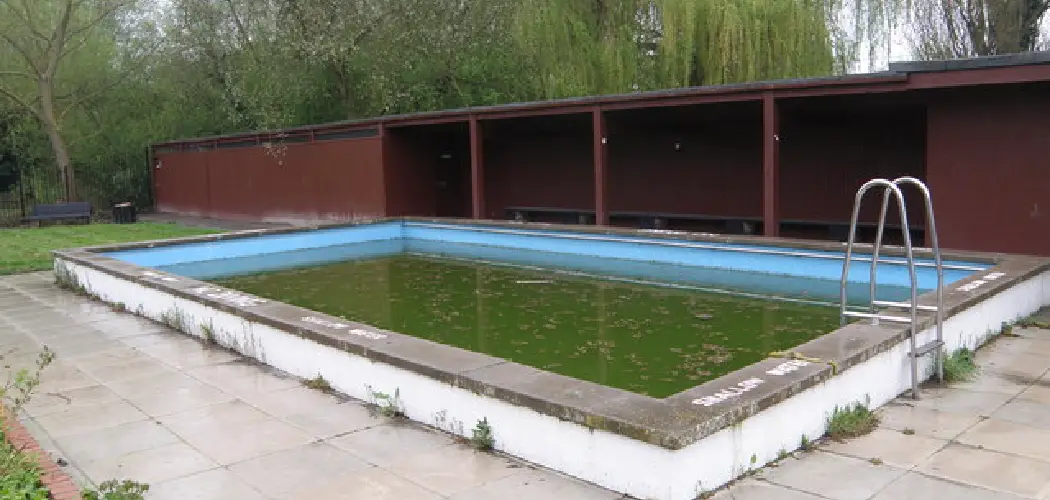Swimming pools are one of the best amenities to have in your home, and it’s great to relax and enjoy the sun by the poolside. However, with the perks come the responsibilities, such as maintaining the pool and keeping it clean, which can be a daunting task.
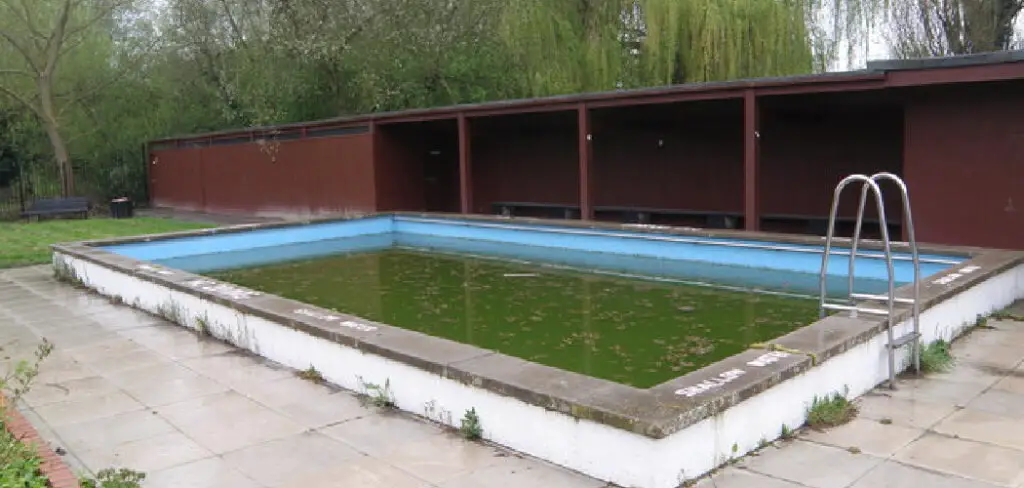
One of the most common problems pool owners experience is mustard algae, which can be difficult to remove. In this article, we will be discussing how to kill mustard algae in a pool. We’ll go over the most effective methods to get rid of it, the causes of mustard algae growth, and how to prevent it from forming in the future.
Can You Kill Mustard Algae in A Pool?
Mustard algae in a pool can be an unsightly and frustrating problem for many pool owners. It often appears as yellow or brownish-green spots on the pool walls or floor and can be difficult to remove with just regular pool maintenance. However, killing mustard algae is possible with the right approach.
The key is to use a specialized algaecide that is specifically designed to target and eliminate this type of algae. Additionally, it’s important to follow best practices for cleaning and maintaining your pool to prevent mustard algae from returning in the future. With a little bit of effort and the right products, you can say goodbye to mustard algae and hello to a clean, sparkling pool.
Why Should You Kill Mustard Algae in A Pool?
Have you ever spotted mustard algae in your pool and thought, “Eh, it’s not that bad?” Well, think again. Mustard algae may seem harmless, but it’s actually quite pesky and potentially harmful. Not only can it leave your pool looking murky and unappealing, but it can also irritate skin and eyes, as well as be slippery and dangerous.
Plus, if left untreated, mustard algae can spread to other parts of your pool or even to other pools if you have pool supplies in common with someone else. So, don’t wait until it’s too late. Take action now and eliminate that mustard algae to keep your pool safe, clean, and enjoyable.
The Ultimate Guide on How to Kill Mustard Algae in A Pool
1. Identify the Type of Algae in Your Pool
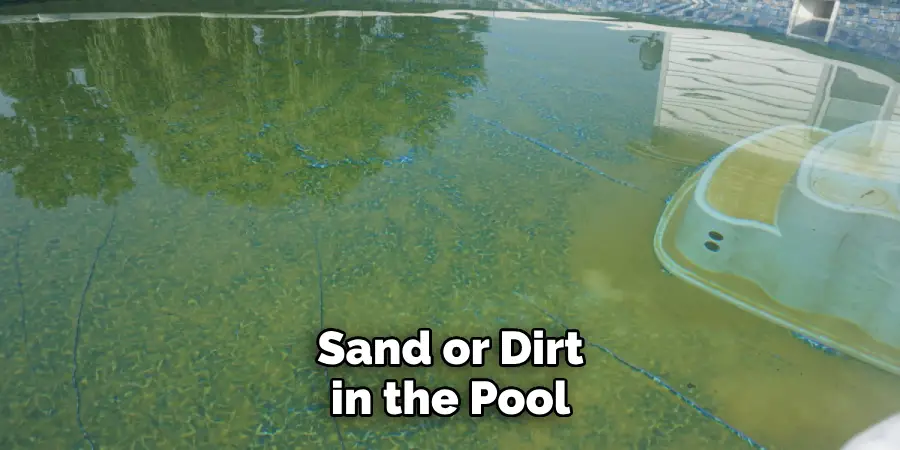
Before treating mustard algae, you must ensure it is what you’re dealing with. Mustard algae appear in yellow and brownish colors and are often mistaken for sand or dirt in the pool. To determine if you have mustard algae, do not brush it with a pool brush, but rather, try to lift it from the surface with a leaf net. If it doesn’t come off quickly, then it’s probably mustard algae.
2. Shock Your Pool
After identifying that it is a mustard algae outbreak, the first step is to shock the entire pool system. You can do this by adding a large amount of chlorine shock to your pool at night and repeating the process according to the dosage instructions on the shock bottle. Shock treatment will kill off most of the algae and restore the chemical balance in your pool.
3. Brush Your Pool
Mustard algae form roots on surfaces, so using a stiff pool brush will help break up the roots of the algae. Brush every corner of your pool and pay attention to the ladders, corners of the pool, and steps.
4. Use Algaecide
An algaecide should be added to the pool after brushing to kill any remaining algae. Algaecides, specifically designed for mustard algae, are more potent than regular algaecides. Follow the instructions on the algaecide for the correct dosage and wait for 24 hours before adding any chemicals.
5. Maintain Your Pool’s Chemical Balance
One reason for the formation of mustard algae is the chemical imbalance in the pool. Perform a chemical test on the pool water regularly and make necessary adjustments to prevent the algae from forming in the future. Ensure that the chlorine and pH levels are correct and the alkalinity level is within the proper range. A well-maintained pool will have a lower risk of algae outbreaks.
6. Clean the Pool Filter
It’s essential to clean your pool filter after shocking and treating the pool for mustard algae. This will remove any dead algae particles from the water, preventing them from getting back into your pool and causing another outbreak. Follow the manufacturer’s instructions on how to clean your pool filter.
7. Be Patient and Persistent
Mustard algae outbreaks can be stubborn and may take several treatments to eradicate completely. Don’t get discouraged if the first shock treatment doesn’t work; continue treating the pool until the mustard algae is completely gone. Make sure to frequently test your pool water and maintain proper chemical balance to prevent any future outbreaks.
Some Considerations Things When You Need to Kill Mustard Algae in A Pool
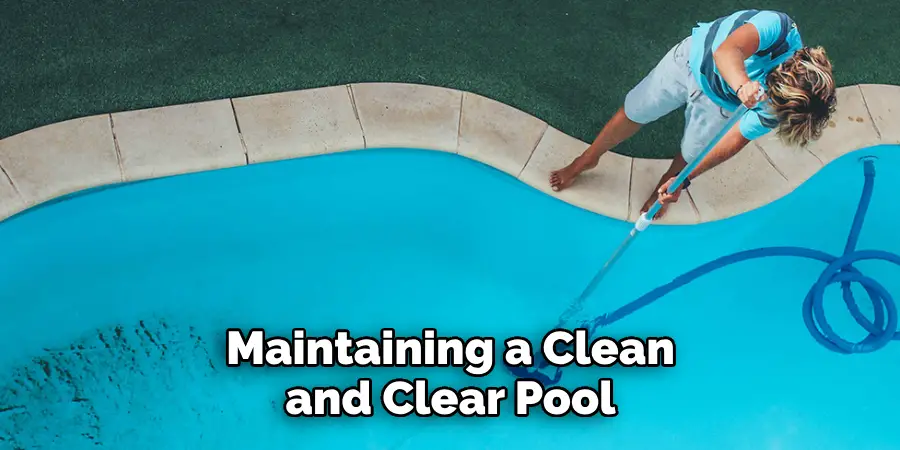
If you’re a pool owner, you know the importance of maintaining a clean and clear pool. But what happens when you spot that unsightly mustard algae? Before you grab your cleaning supplies, there are a few considerations to keep in mind. First, be mindful of the chemicals you use.
Overuse of certain chemicals can damage the pool and cause skin irritation. Additionally, be sure to thoroughly brush all affected areas. Mustard algae have a tendency to cling to surfaces and can prove difficult to remove. Lastly, be persistent in your treatment.
It may take multiple rounds of cleaning to fully eradicate the issue. With careful attention and diligence, however, you can get rid of that pesky mustard algae and enjoy a sparkling clean pool once again.
5 Benefits of Kill Mustard Algae in A Pool
1. Improved Water Quality
One of the primary benefits of killing mustard algae in a pool is improved water quality. Mustard algae can cause the pool water to become cloudy and discolored, making it look unappealing and uninviting. Killing the algae will help to restore the clarity of the water, allowing you to enjoy swimming in your pool again.
2. Reduced Chemical Usage
Killing mustard algae in a pool can also help to reduce the amount of chemicals needed to maintain the pool’s water balance. Mustard algae are known for consuming large amounts of chlorine, which can put a strain on a pool’s filtration system and require more frequent chemical treatments. By removing the source of chlorine consumption, you can reduce chemical usage and save money over time.
3. Prevent the Spread of Disease
Mustard algae can also spread disease if it is allowed to grow unchecked in a pool. The presence of mustard algae creates an environment where bacteria and other pathogens can thrive, putting swimmers at risk for infection or illness if they come into contact with contaminated water. Killing the algae helps to keep your pool safe from disease-causing organisms.
4. Easier Maintenance
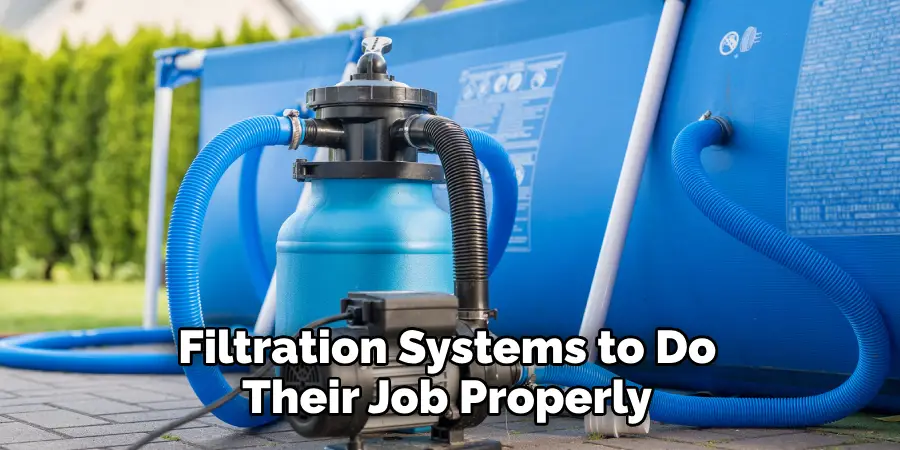
Killing mustard algae in a pool also makes it easier to maintain overall cleanliness and balance levels in the water. When there is less organic matter present in the water, it is much easier for filtration systems to do their job properly and keep contaminants under control. This helps to ensure that your pool remains safe and enjoyable for swimmers all season long.
5. Improved Aesthetics
Finally, killing mustard algae in a pool helps improve its aesthetics and cleanliness levels. Mustard algae can quickly spread throughout a body of water, giving it an unpleasant greenish hue that detracts from its overall appearance. Removing this source of discoloration will make your swimming area look much better and be more inviting for guests or family members who want to take a dip!
4 Common Mistakes People Make When Trying to Kill Mustard Algae in A Pool
1. Not Testing the Water
One of the most common mistakes that people make when trying to kill mustard algae in a pool is not testing the water. It is important to test the water regularly to ensure that it has the right pH and chlorine levels to effectively kill the algae. Without proper testing, it can be difficult to know what chemicals are needed to get rid of the algae.
2. Not Cleaning Pool Filters
Another mistake that people make when trying to kill mustard algae in a pool is not cleaning their pool filters regularly. Pool filters should be cleaned at least once a week to remove any debris or dirt clogging them up and preventing them from working efficiently. This will help keep your pool clean and free of contaminants like mustard algae.
3. Overdosing with Chemicals
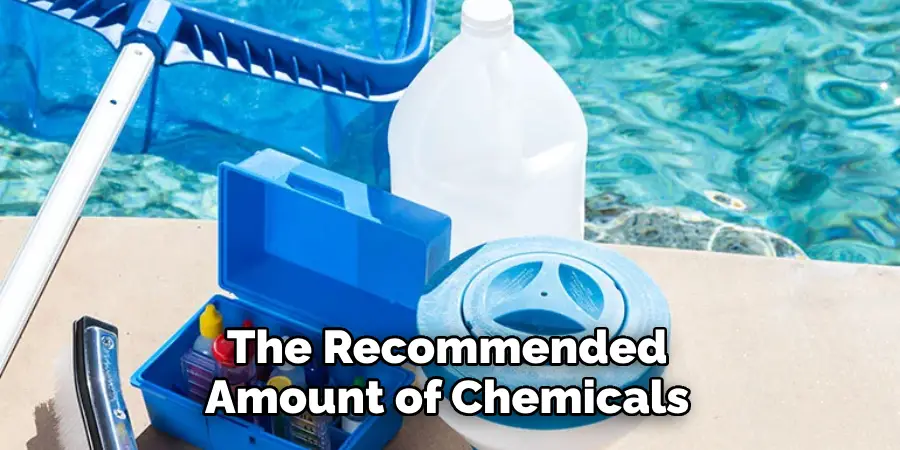
A third mistake that people often make when trying to kill mustard algae in a pool is overdosing with chemicals. It is important to use only the recommended amount of chemicals, as using too much can cause your pool water to become cloudy and even toxic if left unchecked for too long. Additionally, overusing chemicals can also damage your pool equipment if used incorrectly or in excess amounts over time.
4. Not Vacuuming Regularly
Finally, another mistake people make when trying to kill mustard algae in a pool is not vacuuming regularly enough. Vacuuming helps remove any dead algae particles from the bottom of your pool, which can prevent them from re-growing and spreading further throughout your swimming area. It is best practice to vacuum your pool at least once a week or more, depending on how much debris has accumulated on its surface and bottom areas.
Conclusion
In conclusion, while mustard algae can be an uninvited guest in your pool, it doesn’t have to stick around for long. With the right tools and steps, you can eradicate it and maintain a clean pool that is free from algae. Maintaining your pool is a vital part of being a responsible pool owner and making sure that everyone can safely use it.
Follow the above steps whenever there is an outbreak of mustard algae in your pool, and the problem will be solved in no time. Thanks for reading our post about how to kill mustard algae in a pool, and happy swimming!

